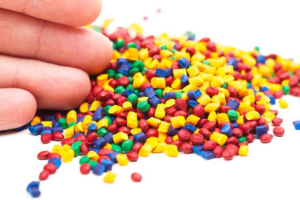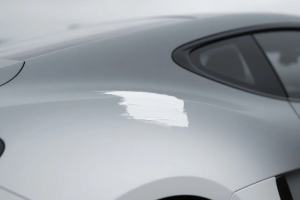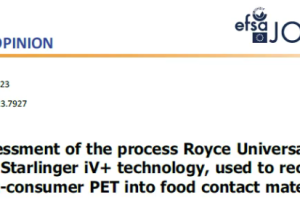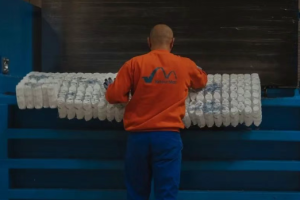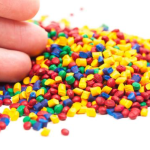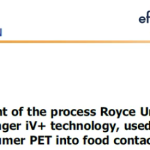May 22, 2025 – In the intricate process of color matching for plastic products, meticulous attention to detail in both the preparatory phase and the actual operation is crucial to ensure the final product’s color aligns precisely with client specifications. Below is a comprehensive breakdown of the color matching workflow.
During the preparatory stage, color matching technicians must conduct a thorough examination of the standard sample. This involves utilizing various lighting conditions within a standard light box to detect any color variations, thereby preempting metamerism. Should color discrepancies arise, it is imperative to consult with the client beforehand to establish a standardized light source for comparison. Additionally, factors such as the sample’s surface finish, including gloss level and texture, play a pivotal role in achieving accurate color matches between the sample and the color swatch. It is essential, as per insights from the color masterbatch industry, to position both the sample and the swatch at the same horizontal level, maintaining an appropriate distance and observing vertically to minimize visual errors.

Client-provided samples typically arrive through three channels: brought back by sales personnel, mailed by the client, or presented in person. For clients who visit in person, direct communication regarding the product’s intended use and any specific requirements, such as weather resistance for outdoor plastic products or heat resistance for injection molding temperatures, is invaluable. For samples received through the first two channels, prompt communication with the client is necessary to clarify all specifications.
Moving into the color matching process, technicians must employ combinations of two or more pigments or dyes to achieve a visual effect closely resembling the original standard color. Plastic color matching not only enhances the aesthetic appeal of plastic products but also fulfills functional and application-specific requirements. Key factors in this process include the resin’s base color, dispersants, and pigments, with additional considerations such as gloss and texture between the color swatch and the sample influencing color perception.
Several critical points warrant attention during color matching: verifying the comparison light source; selecting appropriate pigment types based on the sample’s color and the base material; cautiously choosing pigments for different substrates to prevent metamerism; acknowledging the impact of varying structures or batches of the same substrate on pigment ratios; considering the effects of material water absorption, chemical stability, and high-temperature decomposition products on pigments; noting alterations in the substrate’s base color due to additives, fillers, or glass fibers in modified substrates; being mindful of reduced temperature resistance in certain pigments upon dilution; taking into account the influence of the client’s application environment and subsequent processing on color and surface quality for effect pigments; paying special attention to pigment complements and hues to ensure visual accuracy; and conducting a thorough and meticulous color matching process, culminating in the creation of a small sample color powder for re-verification of the formula’s accuracy through plate making.
Currently, color matching predominantly relies on visual assessment, supplemented by instrumental methods. For medium to large-scale color matching companies, the integration of computer-aided color matching systems can enhance efficiency and optimize formulations. However, neither visual nor computer-aided methods guarantee absolute accuracy, as color matching inherently involves a process of approximating the target color. When fluorescent pigments are involved, both visual and computer-aided matching face challenges, necessitating a comprehensive consideration of factors such as light sources and observer characteristics affecting color perception.

